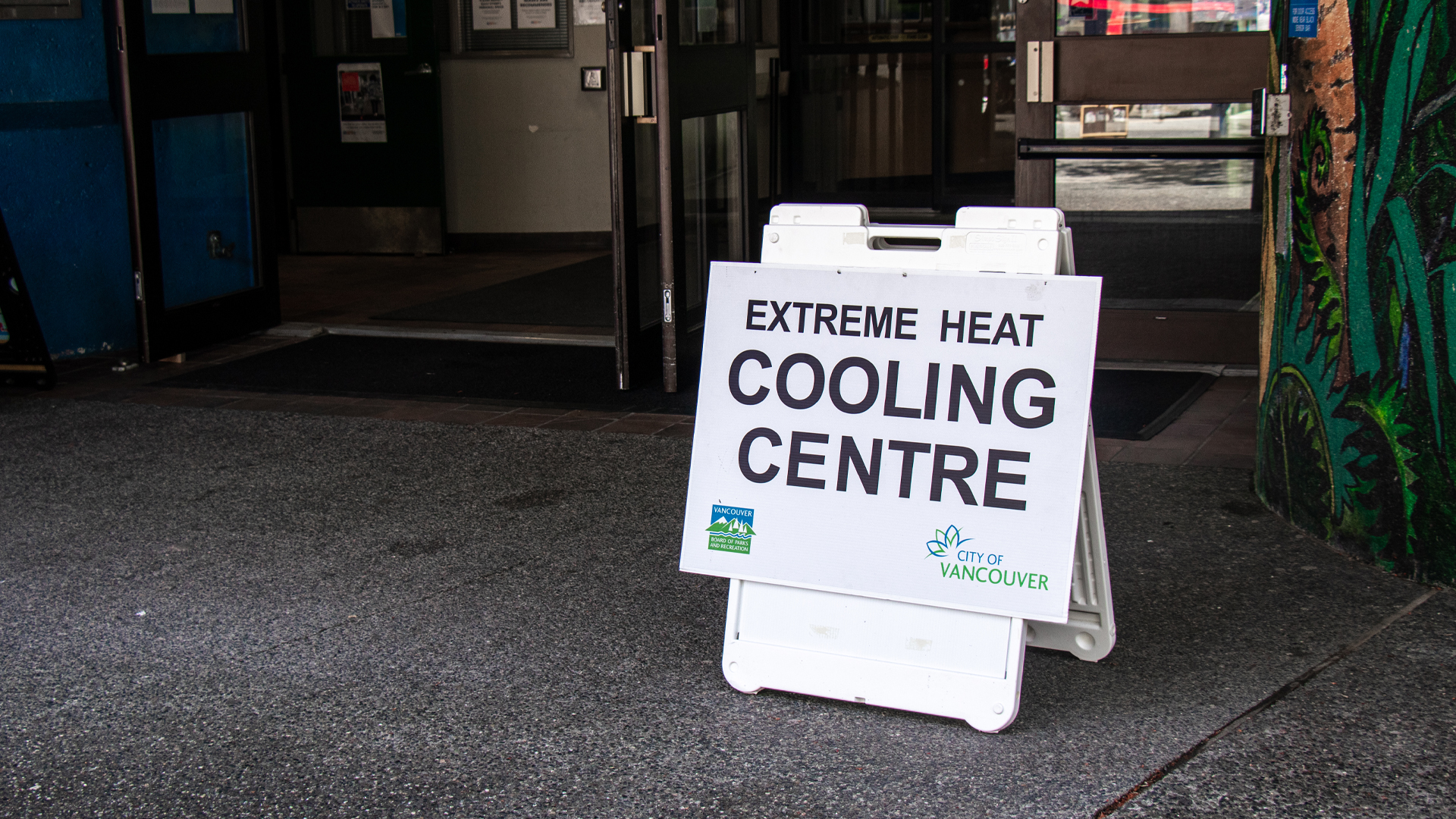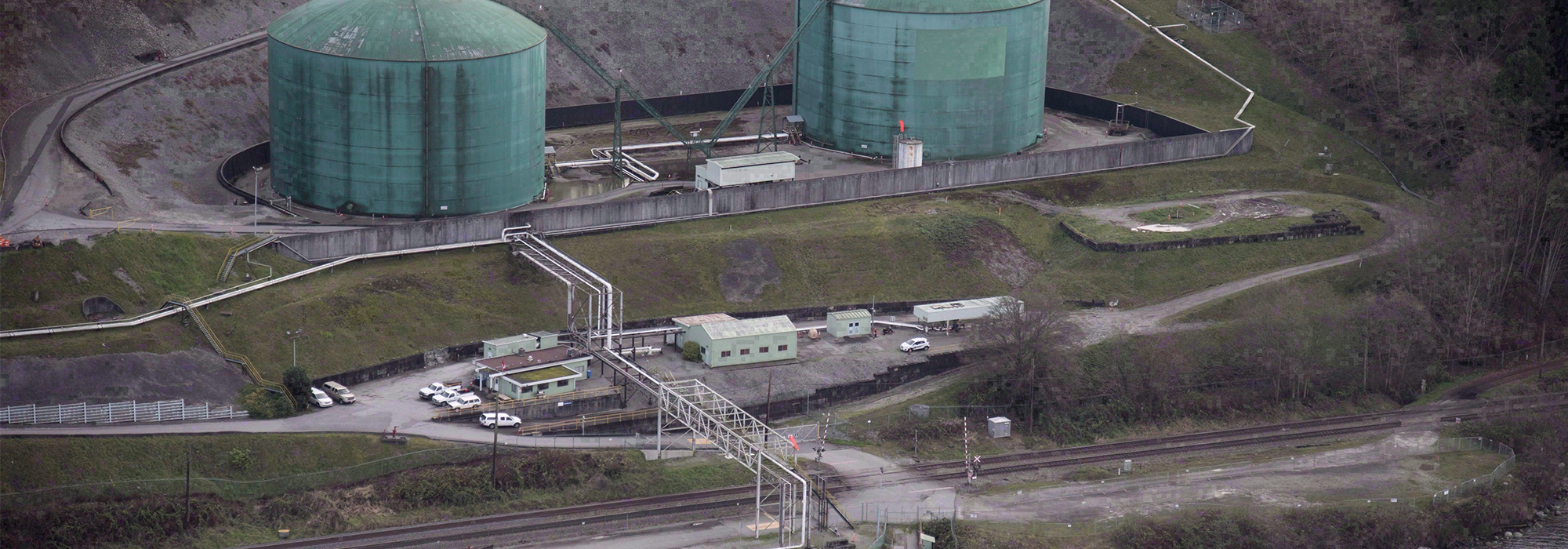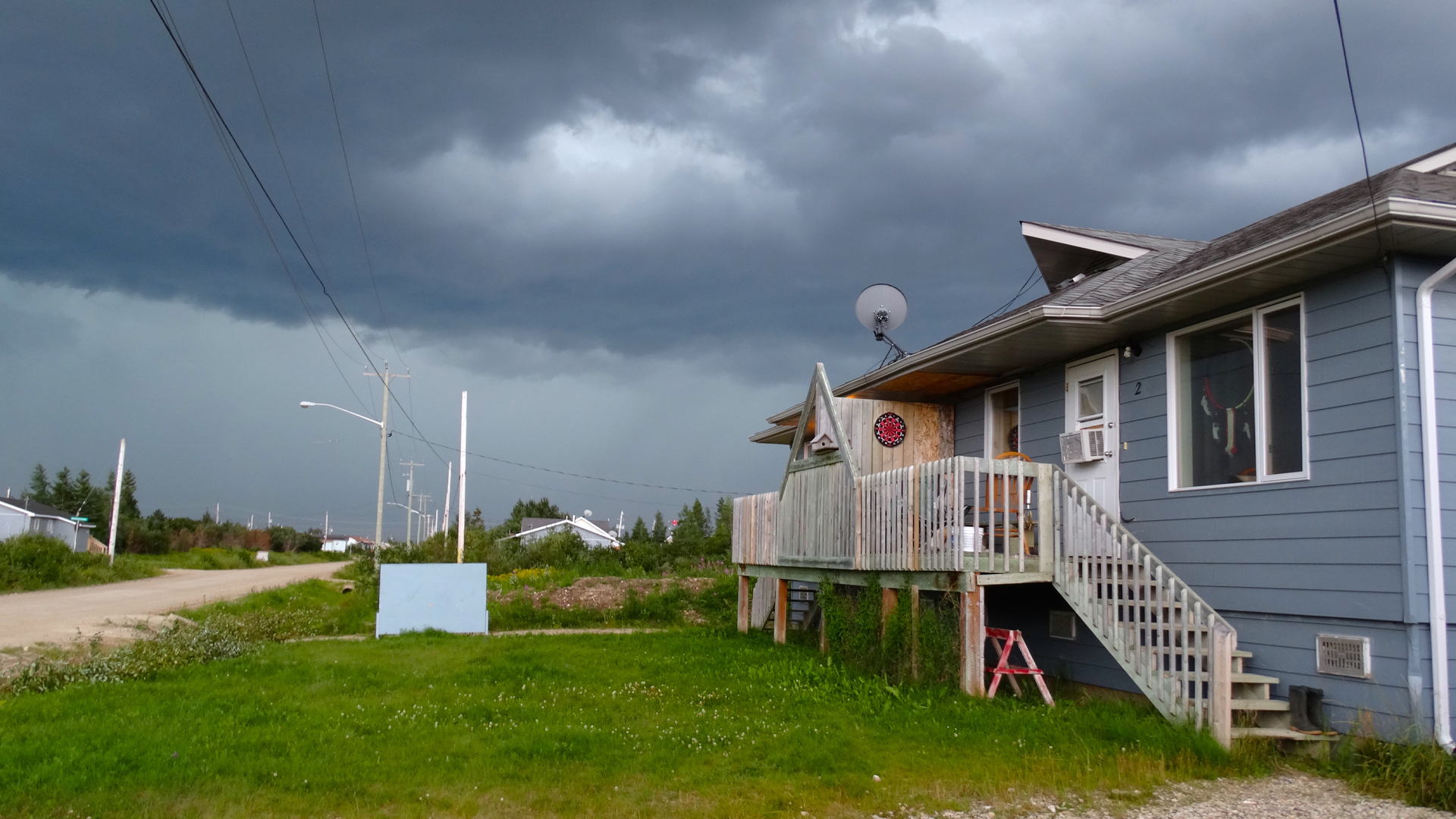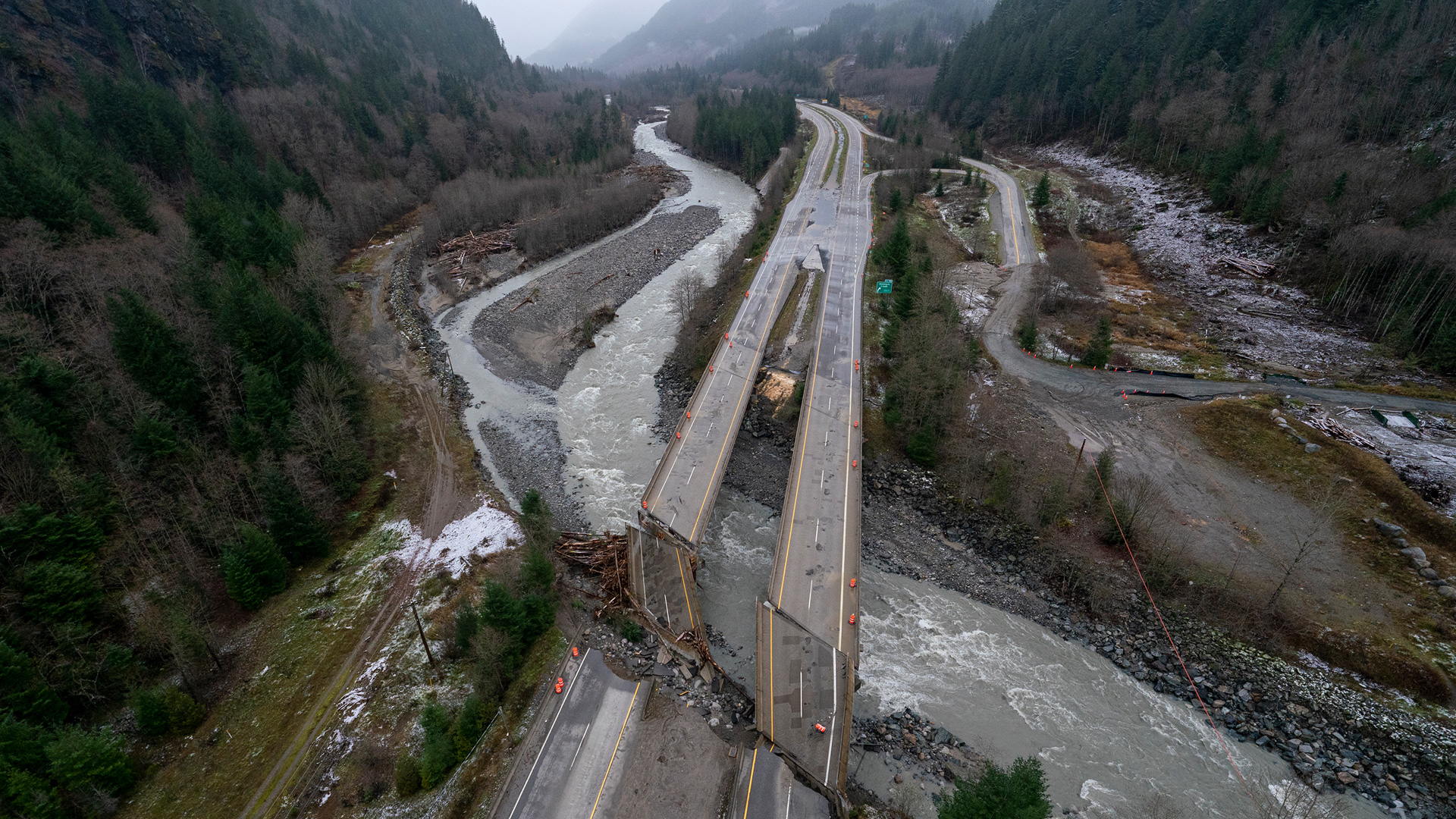
Under the federal government’s proposed impact assessment legislation, Bill C-69, assessing the environmental, economic, social and health impacts of major projects will come under the sole authority of the Impact Assessment Agency of Canada (formerly the Canadian Environmental Assessment Agency, and referred to here as “the Agency”). The Canadian Energy Regulator (CER, formerly the National Energy Board) and the Canadian Nuclear Safety Commission (CNSC), the nuclear regulator, will continue as the regulators, but not the assessors, of projects under their authority. Only the Impact Assessment Agency of Canada will have the authority to conduct environmental assessments.
So Bill C-69 would appear to confirm that the regulators will regulate, the assessors will assess, and major projects will be reviewed by panels that will conduct public hearings. But is this really the happy outcome we urged in a previous article?
We consider here what the proposed legislation actually says about the roles and responsibilities of review panels, with particular attention to how panels are appointed and empowered and who is supposed to do what within the time frame allotted for that process.
Panel independence
Major project review panels have often been characterized as “independent,” both by the public and by panels themselves. However, they have never been legally designated as such. The term is not applied to review panels in the proposed legislation, nor was it in previous legislation. Yet there is at least a twofold basis for the term’s currency in popular usage. One is the panel’s actual relationship to the Agency responsible for it. Under both current and proposed legislation, once a panel is established, the Agency by its own practice keeps a respectful distance from it. The Agency provides management services (including financial administration) to the panel, but it provides no information or advice to it, least of all with respect to its findings.
The second basis for the use of the term “independent” is that, in both existing and proposed legislation, members of the panel must be “unbiased and free from any conflict of interest relative to the designated project.” The strong perception is that review panels are free from government interference, regulatory capture or elite accommodation. It is precisely this perception of panel independence — whether or not it is grounded in law — that is crucial to the authority that panels have in the gathering and analysis of evidence and opinion from all relevant sources, and to the public credibility of their deliberations and findings.
Unfortunately, on closer reading, Bill C-69 provides less separation between the regulators and the assessors than first appears, and indeed it undermines panel independence. First, it provides for the inclusion on review panels of “at least one” member of the Canadian Energy Regulator in the case of an energy project (section 47) or of the Canadian Nuclear Safety Commission in the case of a nuclear project (section 44).
Having a member of the regulatory body on a review panel is not new, and not necessarily wrong in principle. But the individual’s participation should be carefully considered for all its implications, and, in any event, limiting the inclusion to a single member would be entirely sufficient to ensure the benefits of the link to the regulatory body. Any arrangement that could allow for a preponderance of membership from a regulatory agency or the appointment of one such member as panel chair would certainly jeopardize the appearance, and probably the reality, of panel independence.
Further, it seems particularly troubling that the establishment of joint review panels is precluded with respect to energy and nuclear projects (section 39.2). Joint review panels (created by all the responsible provincial, territorial and Indigenous jurisdictions to ensure that a single project requires only one assessment) have been the means by which Indigenous governing bodies have gained direct involvement in structuring the review process. It is precisely energy and nuclear projects (along with mining and hydro projects) that have been their greatest concern. Most major resource development projects occur in rural and remote areas where Indigenous peoples, and their rights and interests, may be the most adversely affected. Excluding their governments from the process is surely not consistent with the government’s stated objectives of reconciliation.
The new legislation provides for appointment of panel members from CER or CNSC rosters — that is, in the case of the CER and the CNSC, from standing lists of persons that they maintain (section 44, 47). The principle is not inherently objectionable. In any event, it is the business of the CER and the CNSC whom they appoint, so long as the appointments are consistent with this legislation. But under C-69, the Agency itself is required to establish a standing roster (section 50), presumably national in scope. Yet the preponderance of panel appointments must be of individuals “who have knowledge or experience of the interests and concerns of the Indigenous peoples of Canada that are relevant to the assessment” (section 41.1) or, for that matter, the interests and concerns of the adjacent populace regardless of its legal status. To the extent that such knowledge is project-specific or region-specific, it seems highly unlikely to come from the Agency’s standing roster, and so Bill C-69 must ensure that appointments need not be confined to rosters.
Sequence, duration and scope of panel reviews
Once the minister has designated a project for review, three phases are envisaged: planning (180 days), information gathering (1,095 days) and panel review (600 days). Whether these stages are consecutive or overlapping is unclear. If they are consecutive, then a major project review could take up to 1,865 days (5.1 years), of which less than one-third is devoted to the panel review itself. This seems improbable, because with consecutive stages, a review could take nearly as long as the Mackenzie Gas Project review (2004-10), which was quite wrongly pointed to by its critics as the poster child for what was wrong with the Canadian Environmental Assessment Act, 1992 (CEAA 1992). If these stages overlap, as seems more likely, the question remains as to what the purpose of each stage is, who is doing what in each and how they all fit together. None of this is made clear in the legislation.
The planning phase starts when a proponent files an initial project description and ends when the minister decides the mechanism by which the project will be assessed. During this time, the Agency is required to initiate a public comment period, consult other affected federal authorities and Indigenous groups, and provide the proponent with a list of issues raised by federal authorities and the public. The proponent is then to indicate how it proposes to address these issues and file a more detailed project description. The planning phase ends when the minister decides whether to refer the proposal to the Agency for internal review or refer it to a panel.
Presented with only an initial description, members of the general public are unlikely to say anything specific about project impacts, except perhaps to register some general concerns or alarms…How then are public concerns to be taken into account in planning?
The planning phase appears to subsume several elements of previous legislation and practice, including project screening by the Agency, scoping of the review (whether by the Agency itself or a review panel) and setting the terms of reference of the proponent’s environmental impact statement (EIS). It is also apparently intended to serve the government’s announced desire for “public engagement.”
We have two concerns with this.
First, presented with only an initial description, members of the general public are unlikely to say anything specific about project impacts, except perhaps to register some general concerns or alarms. Some nongovernmental agencies will signify interest, but until funding becomes available (not until the panel review phase begins), they may be unable to engage. How then are public concerns to be taken into account in planning?
Second, presumably in this early stage the Agency would or should begin discussions with regulators (such as the CER and the CNSC), as appropriate, and with the affected provincial, territorial and Indigenous authorities (and land claims bodies with designated responsibilities for impact assessment), about the scale and scope of a possible assessment and the establishment of a joint review panel, if need be. If so, the legislation is silent on these steps.
The information gathering phase is described simply as a three-year period within which “the proponent must provide the required studies and information” (section 19.1). When exactly it begins and why the proponent needs or ought to be guaranteed this particular amount of time by legislation is entirely unclear. Nor does the Bill say anything about who else ought to be doing what during this rather substantial period.
In past practice, proponents have already anticipated and begun the studies they need to do for an EIS, long before submitting an initial filing. Aside from commissioning some local field studies, proponents rely on government administrative and monitoring data or on existing and publicly available scientific information. It doesn’t, or shouldn’t, take three years for a proponent to prepare an EIS.
Nonetheless, proponents do require guidance on what will be expected of them in an EIS.
In principle, the more precise this guidance is, the more focused and responsive the EIS will be to the needs of the review panel. Under CEAA 1992, EIS guidance was sometimes provided by review panels themselves by means of a scoping phase that consisted of an initial round of community hearings, as was the case in the Voisey’s Bay Mine and Mill review in Labrador. The scoping phase served the purpose of public engagement, because it was by means of the announcement and conduct of public hearings that the general public (that is, not just government and Indigenous authorities) became aware of both the issues involved and the opportunity for input.
Despite its value, scoping had gone out of favour even before the implementation of the Canadian Environmental Assessment Act, 2012 (CEAA 2012). In the case of the Mackenzie Gas Project review, the parties establishing the review provided the guidelines for the EIS before the panel was appointed. It is not at all obvious that this practice saves any time. The Mackenzie review took 63 months from panel appointment to report completion, without scoping hearings, while the Voisey’s Bay review (1997-99) took 26 months, including scoping hearings.
Moreover, in the case of the Mackenzie Gas Project review, it was the joint review panel itself, not the parties to the agreement, that identified the key issue of terrain subsidence (land surface sinking) as a consequence of gas extraction, and directed the proponents to supply supplementary information after the EIS was received. The effect of assigning scoping to the Agency on the basis of an initial project description is to make scoping generic and less project-specific. This makes it much more likely that the panel will need to follow up with more specific inquiries after it receives the EIS, instead of getting what it really needs in the first place. Exactly why the proposed planning phase should replace the perfectly functional process of scoping hearings by the review panel itself is nowhere stated. This provision should be reconsidered.
It is crucial for the credibility of the review process that the panel itself be charged with the ultimate responsibility for judging what information it needs, and for obtaining it. Bill C-69 seems to relegate review panels to reviewing only information that other bodies — whether the Agency, the proponent or responsible authorities — choose to provide it.
There is nothing in the legislation that actually requires government to do this [regional study] work, either on a continuing basis, irrespective of specific projects, or in relation to the project itself.
It is neither appropriate nor reasonable to expect proponents to undertake the larger-scale regional studies necessary to understand the dynamics of the project’s receiving environment, or to establish and maintain the ongoing monitoring systems that the regulators will require if the project is approved. Those are the responsibilities of government. Yet there is nothing in the legislation that actually requires government to do this work, either on a continuing basis, irrespective of specific projects, or in relation to the project itself. Further, as participation funding appears not to flow until the panel review process is under way, the potential benefits of public interventions and studies are limited.
Finally, Bill C-69 does not explicitly charge review panels with recommending monitoring and follow-up programs. Yet these programs are the most important outcome of a panel’s deliberations. Their effectiveness and their public credibility depend upon their visible connection to the public hearings and panel deliberations. If formulating them becomes the internal responsibility of the Agency or the minister, then the transparent link between what the panel heard and its recommendations for remedial action is lost. If this is really what Bill C-69 intends, then the credibility of the most crucial outcome of project assessment will be substantially undermined.
The panel review phase is restricted to 600 days, reduced from the two-year period specified in CEAA 2012. While it is not unreasonable to expect review panels to conduct their work in a timely manner, the imposition of time limits is not the appropriate means of promoting that objective. It may provide the appearance of hastening the review process along, and of reassuring the business community that the government is serious about cutting “red tape.” But there is no guarantee that time limits actually do so, as shortcuts may put panels at risk of challenge with respect to procedural fairness, natural justice and adherence to mandate.
Further, it is not at all clear how the 600-day limit actually works, and what might interrupt it. Does the clock run continuously, or does it stop for reasons beyond the review panel’s control? Does it stop while the proponent provides supplementary information the panel may deem necessary? When the proponent announces significant changes to its project description during the panel’s review? When intervenors move to challenge the panel’s procedures or mandate and the panel is forced to consider and respond? When a jurisdiction or group aggrieved at its exclusion by the parties to a joint review agreement obtains an injunction against further proceedings? (All of these occurred in the case of the Mackenzie Gas Project review and took up time periods lasting several months.) The legislation is silent on these crucial aspects of how the clock will actually work. Overall, C-69 allots far too much time to the proponent and far too much responsibility to the Agency with respect to major project reviews, and not enough of either to review panels.
The corrective is to appoint the project review panel immediately at the end of the planning phase and charge it with holding scoping hearings that will serve the purposes of both public engagement and framing the requirements of the impact assessment statement. The panel would decide on the sufficiency of the information provided by both the proponent and responsible authorities, and then proceed to public hearings.
It is not appropriate to restrict the panel to assessing only material that others choose to provide it with. There is no guarantee that the proponent and the responsible federal authorities will, between them, identify and divulge all of the technical evidence required to assess the project. A review panel is not a jury; it must decide what evidence it requires. It must not only hear the evidence; it must probe it. The risk under the proposed legislation is that the much needed and desired independent conduct and authority of review panels is severely compromised, and the credibility and usefulness of the outcome will be reduced rather than enhanced.
Photo: Kinder Morgan Trans Mountain Expansion Project’s Westeridge loading dock, at centre with green tanks, is seen in Burnaby, BC, on November 25, 2016. THE CANADIAN PRESS/Jonathan Hayward
Do you have something to say about the article you just read? Be part of the Policy Options discussion, and send in your own submission. Here is a link on how to do it. | Souhaitez-vous réagir à cet article ? Joignez-vous aux débats d’Options politiques et soumettez-nous votre texte en suivant ces directives.









